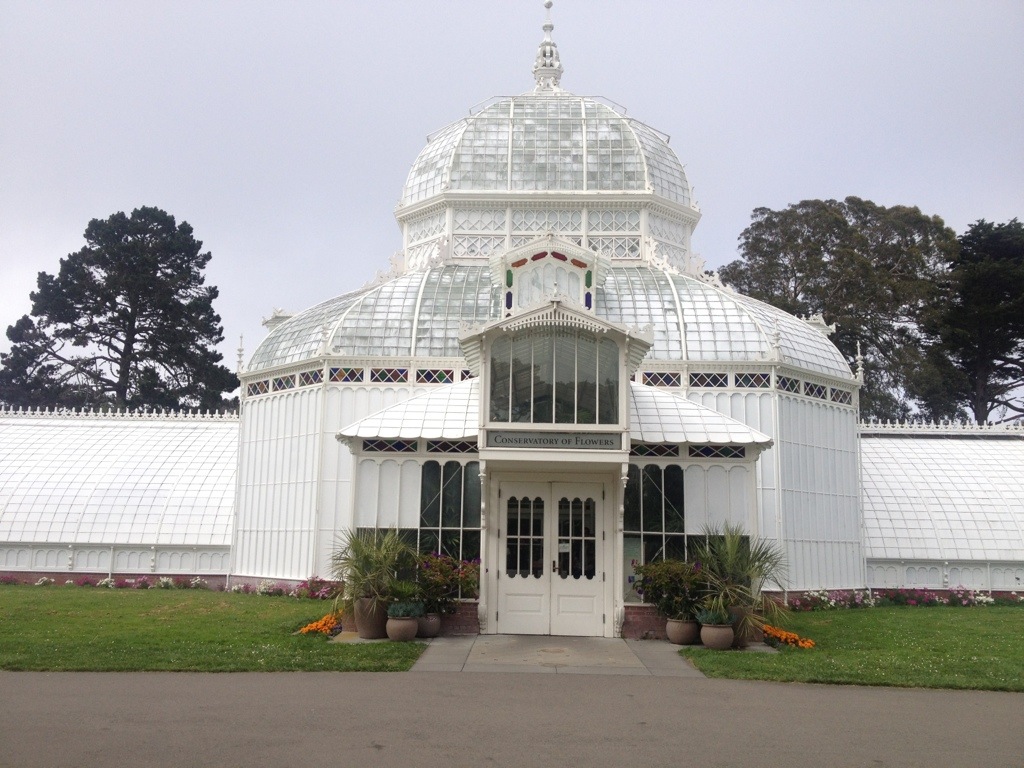In late 2012, Patrick Halligan, co-founder and CMO of Live Green Be Green by PMD United, was presented with the opportunity for temporary reassignment from Citystash, Washington, DC to the San Francisco office to assist with business marketing, development and operations. Patrick, a 2012 graduate of the Fordham University Gabelli School of Business, viewed this offer as a great chance to hone his business skills and to boost his resume. He eagerly accepted this proposition and set out to ready himself for the trip.
With the assistance and support of his girlfriend. Becca Donnelly, a recent graduate of George Washington University, Patrick carefully planned this cross-country trip. While they realized this would be an awesome road trip, they had no idea that it would be an amazing testament to green living and sustainability. It turned out that each step of this journey tells a story, a very personal one, of two members of the Millennial Generation, whose daily lives and interests seamlessly incorporate and reflect principles of green living and sustainability. While having fun seeing the sites and enjoying each other’s company, Patrick and Becca’s journey unintentionally created a symbolic quilt with interlocking pieces displaying a theme of those principles.
Family. In planning their journey, Patrick and Becca looked to family for moral support and encouragement for their trip. Additionally, they made sure their route included stops to visit family, including cousins, a sibling and niece and nephew in Chicago. They also reached out to west coast cousins while in California. During their time in California, they took time out of their busy schedules to entertain east coast family members visiting in the area.
Energy Conservation. As part of the Millennial Generation, it was only natural that Patrick and Becca chose to take this trip in a Fiat 500, a small energy-efficient car that gets great gas mileage. With careful planning and limited space, they readily adopted a minimalist attitude, taking only what they needed.
Climate Change. Patrick and Becca’s chosen route resulted in an unintended reference to climate change, often associated with extreme temperature changes and violent storms. While visiting in Chicago, they encountered a severe lightning storm, and while driving through Wyoming and Nevada, they experienced continuous days of extremely hot weather with temperatures soaring as high as 118 degrees Fahrenheit. In San Francisco, they experienced a summer quite different from the east coast, with some days not even making it to the 70 degree mark.
Nature. Throughout this trip, Patrick and Becca experienced nature at its best, reinforcing the idea that we as humans do not own the earth. Rather, we are stewards of this land, and as such, we are obligated to coexist with nature. They visited many landmarks, including Mount Rushmore and Deadwood, as well as Yellowstone National Park and the Badlands. While in Yellowstone, they saw animals free to roam, rather than being in corals. After arriving in San Francisco, they walked the foothills, swam and played in the ocean and enjoyed the wonders of Big Sur where man’s footprint ends, and nature is in command. They also enjoyed amazing sunsets, undisturbed by man’s light pollution. They stood beside sea lions, allowed to coexist with man without being reduced to a commodity, contained in zoos or aquariums for the entertainment of man at a price.
Sustainability. On their journey, Patrick and Becca included a stop to the Coors Brewing Factory in Golden, Colorado. There they were treated to a lesson in sustainability. They toured the brewery where they were educated on the company’s business practices that makes it a priority to increase the productivity of natural resources with zero waste tolerance.
Their adventure also reflected the importance of people, which is recognized as an integral component of strong sustainability theory. The success of their journey is largely attributable to the support of people, starting with the owners of CityStash, who believed in Patrick and offered him the opportunity to work in the west coast office. Also, it is important to thank the Wygant family — Scott, Joelle, Bill and Diana. These kind people graciously served as Patrick and Becca’s safety net in this leap of faith, particularly Bill and Diana, who provided them with a place to stay and helped them familiarize themselves and navigate the San Francisco landscape.
There are so many lessons to be learned from Patrick and Becca’s journey, too many to discuss in one article. Perhaps the greatest lesson is that each of us should seek to engage the greater good in life, which in most cases will lead to living a greener and more sustainable lifestyle. To do this, it is important to take a leap of faith, drop many of our rituals that encumber us and to heed the call of the universe to “come away with me” to a new place. To do so is to live green, be green.
http://youtu.be/enAzQ3F2psk





